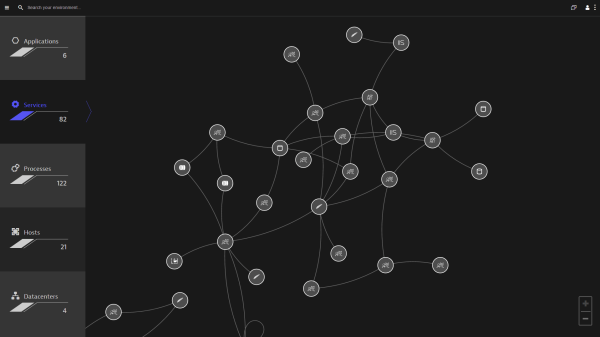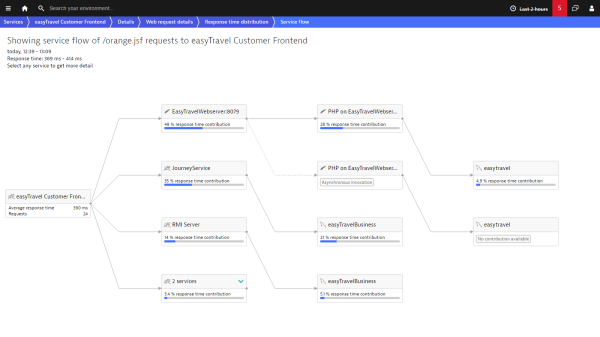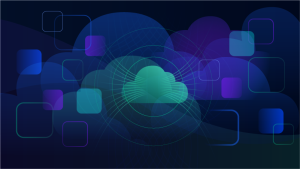I’m pleased to announce that we’ve just released a new book on cloud migration strategies, reflecting on our experiences and lessons learned in working with many industry-leading companies around the world. It is co-authored by Peter Putz, Alois Mayr, Dirk Wallerstorfer, and noted full-stack developer Anna Gerber – a regular contributor to O’Reilly Media’s distinguished technology series. This book is specifically written for senior engineers and managers who want to learn more about cutting-edge practices, in the interest of going cloud-native.
O’Reilly Media, in collaboration with Dynatrace, conducted a survey to gain insights into companies’ actual cloud strategies. With almost 500 respondents, mainly from the North America and European Information Technology sector, the survey found:
“94 percent of the survey respondents anticipate migrating to cloud technologies within the next five years with migration to a public cloud platform being the most popular strategy (42 percent).”
At Dynatrace we don’t find these results surprising. Every day we are talking with existing and potential new customers and almost all of them see the cloud as part of their digital transformation strategy. It could be a public, private, or hybrid platform, but pretty much every company is either exploring or investing into the cloud.
You can use this book as a maturity framework guide for gauging how far along you are on the journey to cloud-native practices, and you might find useful patterns for making your own teams successful. For every stage in this evolution, case studies show where the rubber hits the road: how you can tackle problems that are both technical and cultural.
Our maturity framework includes:
- Stage one: migrate existing applications to virtualized infrastructure with a lift-and-shift approach and implement an automated continuous integration/continuous delivery pipeline
- Stage two: move your monolithic application toward microservice architectures
- Stage three: Shift toward dynamic, rapidly scaling microservices and deploy services across the cloud platform’s software-defined architecture
It also provides a comprehensive overview of core technologies and organizational changes that need to be tackled. Real world case studies and empirical survey results provide rich descriptions of some of the most advanced practices in the field.
Digital performance monitoring is a key enabler throughout the digital journey. In each and every stage new questions and challenges arise, for which monitoring provides fact-based answers. Here are just a few examples:
Stage 1: First Cloud Migration Efforts
Cloud migration projects require good preparation. The biggest challenge respondents cited was knowing all applications and interdependencies in their existing environment (59%). Not knowing this will represent a major risk, so this is a critical component of the cloud migration process. Monitoring solutions help you by mapping current dependencies and function calls within a monolithic application automatically. Detailed performance metrics support proper sizing and capacity planning.
The second biggest challenge respondents cited was ensuring SLAs before, during and after migration (38%). Modern monitoring solutions are built for multi-datacenter visibility. This enables continuity for hybrid deployments and a view of both the old and the new implementation, as you work through deployment issues in your new cloud environment.
Stage Two: First Cloud Native Implementations
Getting started with migrating a large legacy application towards microservices can be challenging. As the book points out, gradually migrating small parts of your monolith may be the best approach. As your infrastructure and applications will start to become much more dynamic, you will want a monitoring solution with continuous discovery, modeling, monitoring and analytics in a single place. Advanced monitoring solutions provide an integrated data source for distributed dynamic systems. They proactively identify performance bottlenecks and pinpoint root causes of an actual performance issue within seconds.
Dynatrace helps resolve stage one and stage two challenges by providing full-stack auto-dependency identification of your existing application and multi-datacenter visibility via our Smartscape® view as you migrate.
As things move, Dynatrace is able to quickly identify issues as you break your monolith into microservices and provide quick feedback through our automated root cause problem analysis.
Stage Three: Dynamic Microservices
In highly dynamic cloud environments, nothing is static anymore. Everything moves, scales up or down dependent on the load at any given moment and eventually dies – all at the same time. Hence, monitoring solutions must be similarly dynamic and intelligent, and include the following characteristics: auto-discovery and instrumentation, system health management, artificial intelligence and predictive monitoring.
Dynatrace provides all of this in a single out of the box solution. We automate everything (discovery, dependency detection, base-lining and root cause problem identification). Based on our capabilities to capture every transaction, we are able to provide you with deep insights. An example is our ability to show you the actual execution of each individual service and service-request type via our service flow map. This allows you to quickly identify slow services and optimize them for performance.
I hope you find this book useful as you consider your journey toward digital transformation. Get your free copy of the book here.






Looking for answers?
Start a new discussion or ask for help in our Q&A forum.
Go to forum